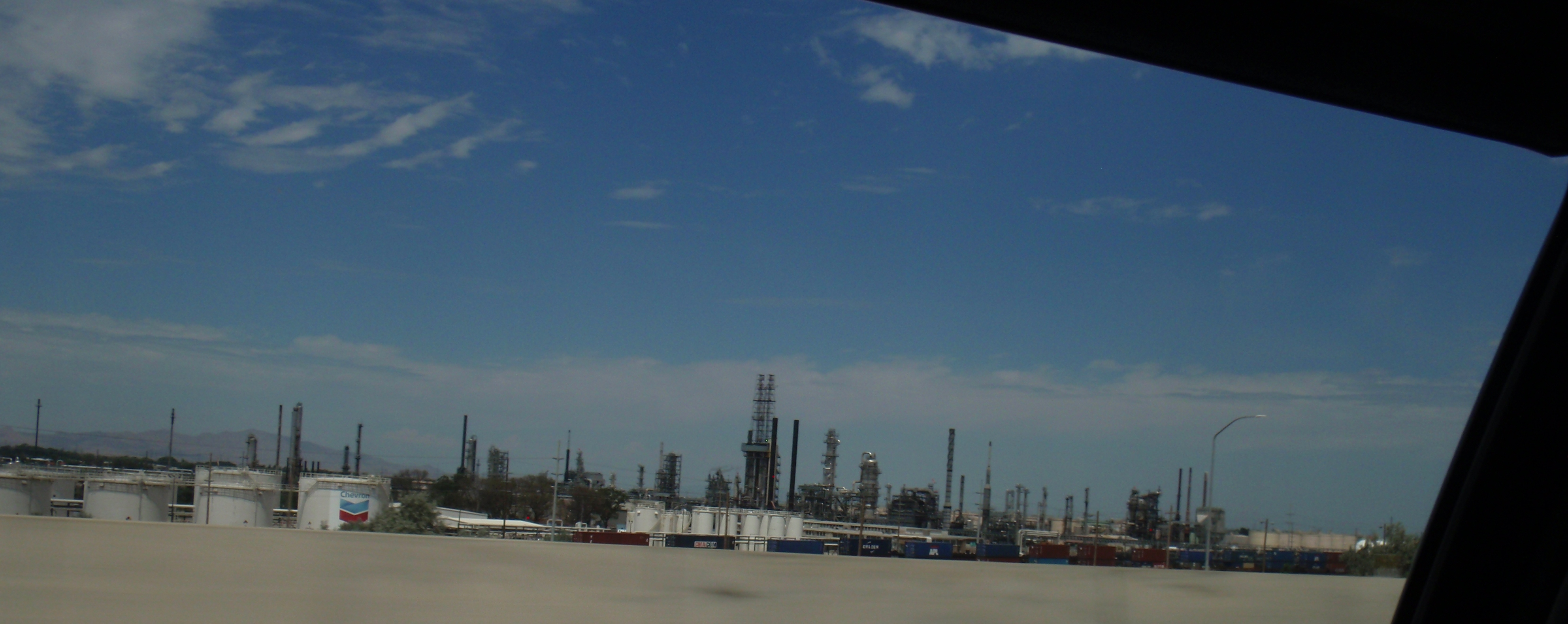
It took a short while, but more info emerged on the power transition inside Saudi Arabia. When there are no elections and dissent is not allowed in a country, armed and coercive backroom power plays determine who is in power.
Also, the distress on OPEC+Russia isn’t likely to end soon.
7/2/17 – Wall Street Journal – Saudi Arabia Moves to Silence Deposed Prince, Dissidents – Article says the newly appointed Crown Prince, Mohammed bin Salman, has placed travel restrictions on the former Crown Prince.
More serious is that the former Crown Prince’s personal guards have been replaced with other guards loyal to the royal court. From my reading of court intrigue from ancient history, which I think carries over to a modern autocratic country, a leader recruits guards whose primary loyalty is to that leader. Replacing a leader’s guards represents a significant degradation in the power and especially the ability to someone to intervene politically. It also is a serious drop in the level of personal security.
Article says there are also reports surfacing that the Saudi government is monitoring social media more closely and “infiltrating” accounts of activists.
This article, like others I’ve ever before, indicate the new Crown Prince is a driving force behind the blockade of Qatar. The deposed Crown Prince preferred a moderate approach. I don’t have the ability to read the tea leaves on these things so need to rely on these kinds of comments in this article. If correct, that means a new Crown Prince has gained huge power.
7/19/17 – Wall Street Journal – How a Saudi Prince Unseated His Cousin to Become the Kingdom’s Heir Apparent – Article goes into great detail on how Mohammed bin Salman replaced Mohammed bin Nayef as the Crown Prince. That puts MBS (as he is referred to) in the number two position in the country, ready to attain the thrown upon his father’s death or abdication.
Very short version is this was a bloodless palace coup. Check out the article if you want more detail.
7/31/17 – Wall Street Journal – OPEC has a crippling problem: Its Members Can’t Stop Pumping – Seven of eleven OPEC countries are pumping more oil that called for in their agreement.
Here is the indicator of how much pressure OPEC members are under:
- Until lately OPEC countries could balance their national budgets at a price advantage of between $10 – $40 a barrel below what the major oil companies needed to cover their costs and pay dividends.
- Today the oil majors have a $10 – $20 advantage. My guess is shale producers have a larger advantage than the majors.
The reason for competitive breakeven of OPEC members rising something on the order of $20 – $60 a barrel are twofold.
First, far more social spending to keep subjects happy.
Second, massive increase in military spending.
Pressure on OPEC+Russia isn’t going away anytime soon.
7/24/17 – Wall street journal – Saudi Arabia Cuts Oil Exports – If I get the concept, OPEC will have to cut production far more if it wants to push prices up.
While my initial thought is a mild “duh”, I have a bigger”duh” when the article says many in OPEC now think/ realize/ acknowledge that the glut isn’t only the “fault” of American shale. (Methinks it is mostly but not exclusively credit to US drillers.)
Saudi Arabia announced it will reduce exports as well as production in the next few months.
Article explains, as The Million Dollar Way routinely reminds us, that Saudi Arabia routinely shifts a large amount of oil from export to electricity production every year to feed the large increase in air conditioning during the summer.
Speaking of giving credit to U.S. frackers…
7/19/17 – Million Dollar Way – The Energy and Market Page, T+180, Poseidon; Crude Oil to Stay in $50-Trading Range for Next Two Years – I have not been paying much attention to what is happening in Permian Basin and Eagle Ford.
Quite bluntly, with a full-time job making a living, I don’t have time to pay attention to all three fantastic, exciting oil fields that are changing the world economy. I only have time and energy to pay attention to one.
There are staggering things going on in other places.
The number of wells waiting for fracking before they go into production in the Bakken field has been bouncing between 800 and 1,000 during the last two and a half years. Those are called DUCs, or Drilled UnCompleted.
The MDW article points out the total number of DUCs:
- There are 2,250 DUCs in Permian Basin. The count was 1,200 a year ago.
- There are 3,800 DUCs in all other fields.
- Backing out the current count of 830 DUCs in Bakken, that leaves about 3,000 DUCs in other plays.
That puts the total number of wells around the country that can go into production as soon as they get fracked at about 6,000.
Staggering.
Six thousand wells that could start producing with merely a number of days of fracking work. That is a massive amount of inventory on the shelf.